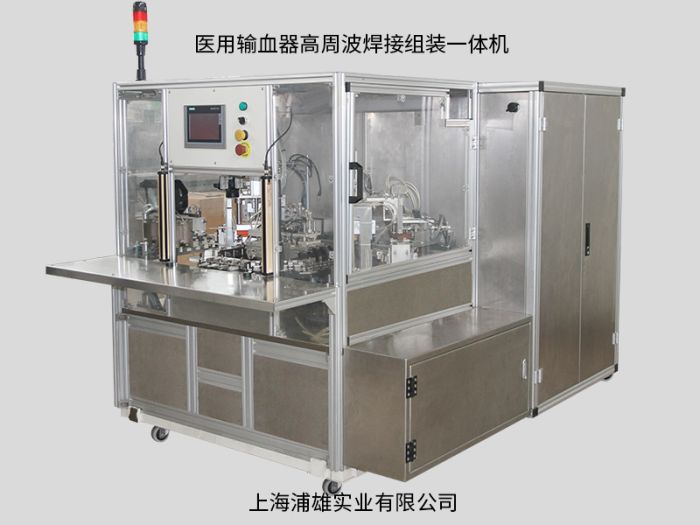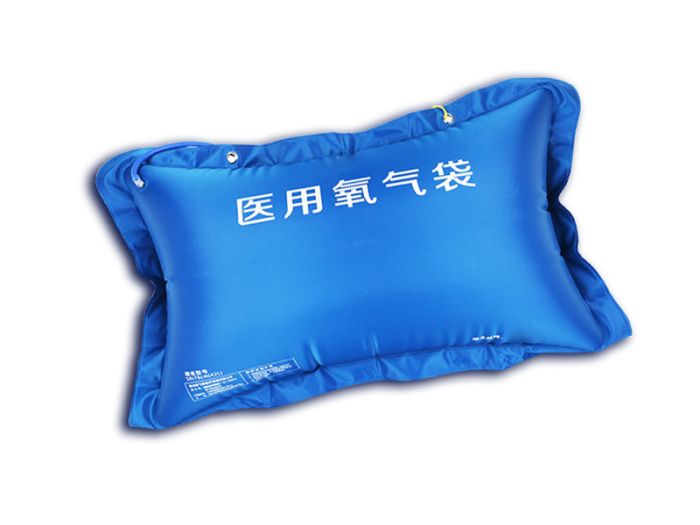Production technology and quality assurance of air mattress against bedsore
I. Overview of Production Process
The production of anti-decubitus air mattresses involves a complex and meticulous process, including material selection, air cell design, manufacturing, inflation system integration, and quality inspection.
Material Selection
High-quality materials form the foundation of premium anti-decubitus air mattresses. Thermoplastic polyurethane (TPU) or polyvinyl chloride (PVC) are typically chosen as primary materials due to their elasticity, durability, waterproofing, and antibacterial properties, ensuring patient safety and comfort.
Air Cell Design
Air cell design directly impacts cushioning effectiveness and pressure distribution. Designers tailor the shape, size, arrangement, and quantity of air cells to patient needs and usage environments. Common designs include strip-shaped undulating cells and spherical undulating cells, each optimized for specific scenarios.
Manufacturing
The manufacturing process involves material cutting, high-frequency thermal fusion welding, and encapsulation. First, materials are precision-cut according to design specifications. Next, components are welded using advanced techniques to form the mattress structure. Finally, air cells are encapsulated within the mattress and rigorously sealed to ensure airtightness and durability.
Inflation System Integration
The inflation system allows adjustable air pressure for optimal comfort and pressure relief. During integration, stable connections between the air pump and mattress are ensured, with inflation speed and pressure parameters calibrated to meet design standards.
Quality Inspection
Finished mattresses undergo stringent inspections covering appearance, strength, airtightness, and inflation performance. Only products passing all tests are approved for market release, guaranteeing safety and efficacy for end-users.
II. Quality Assurance Measures
To ensure consistent product quality, manufacturers implement comprehensive quality control protocols:
Strict Material Standards
Suppliers are rigorously evaluated, and only certified materials meeting predefined criteria are used in production.
Precision Design
Designs are optimized through iterative reviews to balance patient comfort, functionality, and scientific feasibility.
Advanced Production Techniques
Automated production lines and precision equipment (e.g., laser cutting, high-frequency welding) minimize human error and enhance consistency.
Multi-Stage Inspections
A robust inspection system monitors every production stage. Finished products undergo both batch sampling and full inspections.
Continuous Improvement
User feedback and market research drive ongoing refinements to address emerging needs and enhance product performance.
Conclusion
Producing high-quality anti-decubitus air mattresses demands expertise across material selection, air cell design, advanced manufacturing, and rigorous quality control. By adopting these measures, manufacturers ensure product reliability and safety, delivering superior comfort and health protection for patients.

.jpg)

